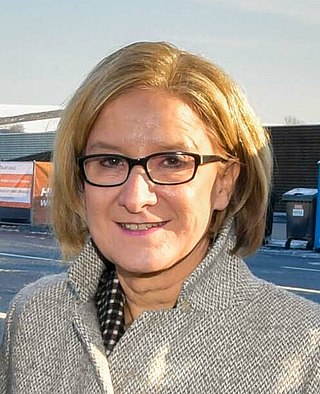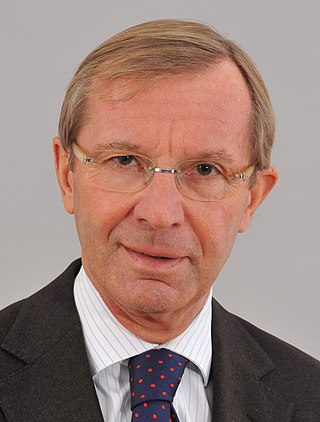
Styria is an Austrian state in the southeast of the country. With an area of approximately 16,399 km2 (6,332 sq mi), Styria is Austria's second largest state, after Lower Austria. It is bordered to the south by Slovenia, and clockwise, from the southwest, by the other Austrian states of Carinthia, Salzburg, Upper Austria, Lower Austria, and Burgenland. The state's capital is Graz, the second largest city in Austria after only Vienna.

The Austrian provincial parliaments are the unicameral legislatures of the nine Austrian provinces, according to the Constitution of Austria deciding in all matters unless explicitly subject of federal legislation. On federal level the provincial parliaments are represented in the Federal Council.

The 2005 Styrian state election was held on 2 October 2005 to elect the members of the Landtag of Styria.

Legislative elections were held in Austria on 29 September 2013 to elect the 25th National Council, the lower house of Austria's bicameral parliament.

The 2010 Styrian state election was held on 26 September 2010 to elect the members of the Landtag of Styria.

Legislative elections were held in Austria on 15 October 2017 to elect the 26th National Council, the lower house of Austria's bicameral parliament. The snap election was called when the coalition government between the Social Democratic Party of Austria (SPÖ) and Austrian People's Party (ÖVP) was dissolved in May by the latter party's new leader Sebastian Kurz.

The 2015 Styrian state election was held on 31 May 2015 to elect the members of the Landtag of Styria.

Legislative elections were held in Austria on 29 September 2019 to elect the 27th National Council, the lower house of Austria's bicameral parliament. The snap election was called in the wake of the Ibiza affair in May, which caused the resignation of Vice Chancellor Heinz-Christian Strache and the collapse of the governing coalition of the Austrian People's Party (ÖVP) and Freedom Party of Austria (FPÖ). The government subsequently lost a motion of no confidence in parliament, before ÖVP Chancellor Sebastian Kurz was replaced by non-partisan Brigitte Bierlein on an interim basis.

The 2018 Salzburg state election was held on 22 April 2018 to elect the members of the Landtag of Salzburg.

The 2017 Graz local election was held on 5 February 2017 to elect the members of the Gemeindesrat of Graz.

Legislative elections were held in Austria on 29 September 2024 to elect the 28th National Council, the lower house of Austria's bicameral parliament.

The 2019 Styrian state election was held on 24 November 2019 to elect the members of the Landtag of Styria.

The 2015 Upper Austrian state election was held on 27 September 2015 to elect the members of the Landtag of Upper Austria.

The 2020 Viennese state election was held on 11 October 2020 to elect the members of the Gemeinderat and Landtag of Vienna. The outgoing government was a coalition of the Social Democratic Party (SPÖ) and The Greens.

The 2021 Upper Austrian state election was held on 26 September 2021 to elect the members of the Landtag of Upper Austria.

The 2021 Graz local election was held on 26 September 2021 to elect the members of the Gemeinderat of Graz.

The 2022 Tyrolean state election was held on 25 September 2022 to elect the members of the Landtag of Tyrol. Incumbent Governor Günther Platter of the Austrian People's Party (ÖVP) retired at the election; Anton Mattle was the party's lead candidate.

The 2023 Lower Austrian state election was held on 29 January 2023 to elect the members of the Landtag of Lower Austria.

The 2023 Salzburg state election took place in the Austrian state of Salzburg on 23 April 2023. Incumbent Governor of Salzburg, Wilfried Haslauer of the Austrian People's Party, ran for re-election. Following the election, a coalition between ÖVP and FPÖ was agreed on, the first of its kind in Salzburg. It was elected by the newly convened Landtag and sworn into office on 14 June 2023.

The Vorarlberg state election of 2024 was held in the Austrian state of Vorarlberg on 13 October 2024.
























